5.7 Exercises
Analysis Problems
- Determine the load voltage for the model of Figure 5.7.1 if Vgen = 10 mV, Zgen = 50 Ω,
Zin = 1 MΩ, Zout = 75 Ω, Zload= 1 k Ω and Av= 50.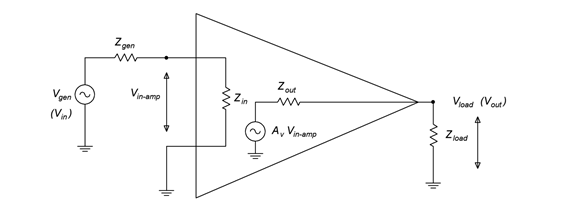
Figure 5.7.1 - Determine the load voltage for the model of Figure 5.7.1 given Vgen = 8 mV, Zgen = 1 k Ω,
Zin = 6 kΩ, Zout = 500 Ω, Zload = 2 k Ω and Av = 100. - If the circuit of Problem 1 has a compliance of 2 volts, will the output clip? What if the input is increased to 100 mV?
- If the circuit of Problem 2 has a compliance of 5 volts, will the output clip? What if the input is increased to 200 mV?
- If an amplifier has Av = 25, Vin = 20 mV and there is no appreciable loading, determine the output signal-to-noise ratio if the amplifier generates an output noise voltage of 10 µV.
- Determine which waveforms from Figures 5.7.26 through 5.7.6 exhibit halfwave symmetry.
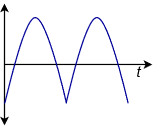
Figure 5.7.2 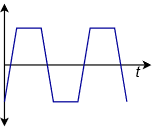
Figure 5.7.3 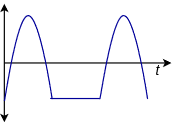
Figure 5.7.4 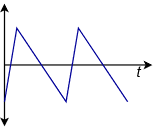
Figure 5.7.5 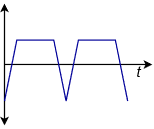
Figure 5.7.6 - Determine the Miller equivalent resistances for the circuit of Figure 5.7.7
if Av = −20 and R = 60 kΩ.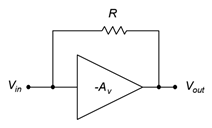
Figure 5.7.7 - Determine the Miller equivalent capacitances for the circuit of Figure 5.7.8
assuming Av = −30 and C = 200 pF.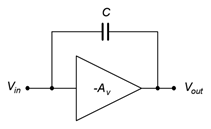
Figure 5.7.8
Challenge Problems
- If the circuit of Problem 1 has a compliance of 20 volts, how large can the input signal be before the load voltage is clipped?
- If the circuit of Problem 2 has a compliance of 10 volts, how large can the input signal be before the load voltage is clipped?
- Using Figure 5.7.7 as a guide and assuming that R = 100 kΩ, how large would the gain have to be such that the input equivalent resistance is 4 kΩ?
- Using Figure 5.7.8 as a guide and assuming that Av = −35, determine a value for C such that the input equivalent capacitance is 1.2 nF.
Computer Simulation Problems
- Simulate the circuit of Problem 1 and verify the load voltage.
- Simulate the circuit of Problem 2 and verify the load voltage.

